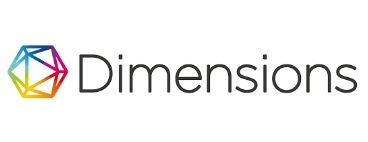PERBANDINGAN HAMBATAN FINANSIAL PADA SEBELUM DAN SETELAH JAMINAN KESEHATAN DI INDONESIA
COMPARATION BETWEEN FINANCIAL BURDEN ON BEFORE AND AFTER OF JAMINAN KESEHATAN NASIONAL PROGRAM IN INDONESIA
Abstract
Background: Healthcare spending in Indonesia is still dominated
by out-of-pocket (OOP) system (45.1% in 2014). The high number of OOP in Indonesia is feared to cause financial burden to
society and result in the failure of the financial protection function
of a health system, whereby Indonesia is in a scheme to achieve
Universal Health Coverage through the Universal Health Coverage
program.
Objective: This study aimed to compare the financial burden due
to OOP on before and after JKN and its determinants.
Methods: This was a quantitative study that examines secondary
data, including Social Economic National Survey (Susenas) data in
2013 and 2015 with cross sectional design. The unit of analysis
in this study was households. Analysis conducted in this research
was univariable, bivariable, and multivariable analysis. Multivariable
test using Logistic Regression Test was conducted to find out the
relationship between the financial burden due to OOP with its determinants.
Results: There was a decrease in the proportion of households
experiencing catastrophic health care expenditure was 0,59% in 2015. Households on before implementation of JKN period tend to face catastrophic health expenditure than households on after
implementation of JKN period (OR= 2,29). Determinants affecting
catastrophic health expenditure in Indonesia were the number of
household member, educational status of the head of household,
the presence of toddler, the presence of elderly in the household,
the location of the household residence, the economic status of the
household, the ownership of the health insurance, and the utilization
of health services.
Conclusion: Utilization of inpatient health care services was the
most contributing factor to catastrophic health expenditure. House-
holds that use inpatient care had a catastrophic health care spend-
ing risk of 26,78 times greater than non-accessed households
Copyright (c) 2019 Putri Listiani, Julita Hendrartini, Dibyo Pramono

This work is licensed under a Creative Commons Attribution-NonCommercial-ShareAlike 4.0 International License.




